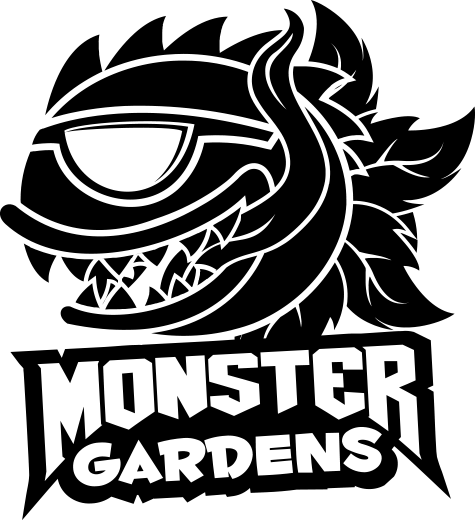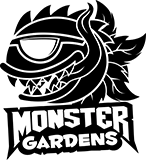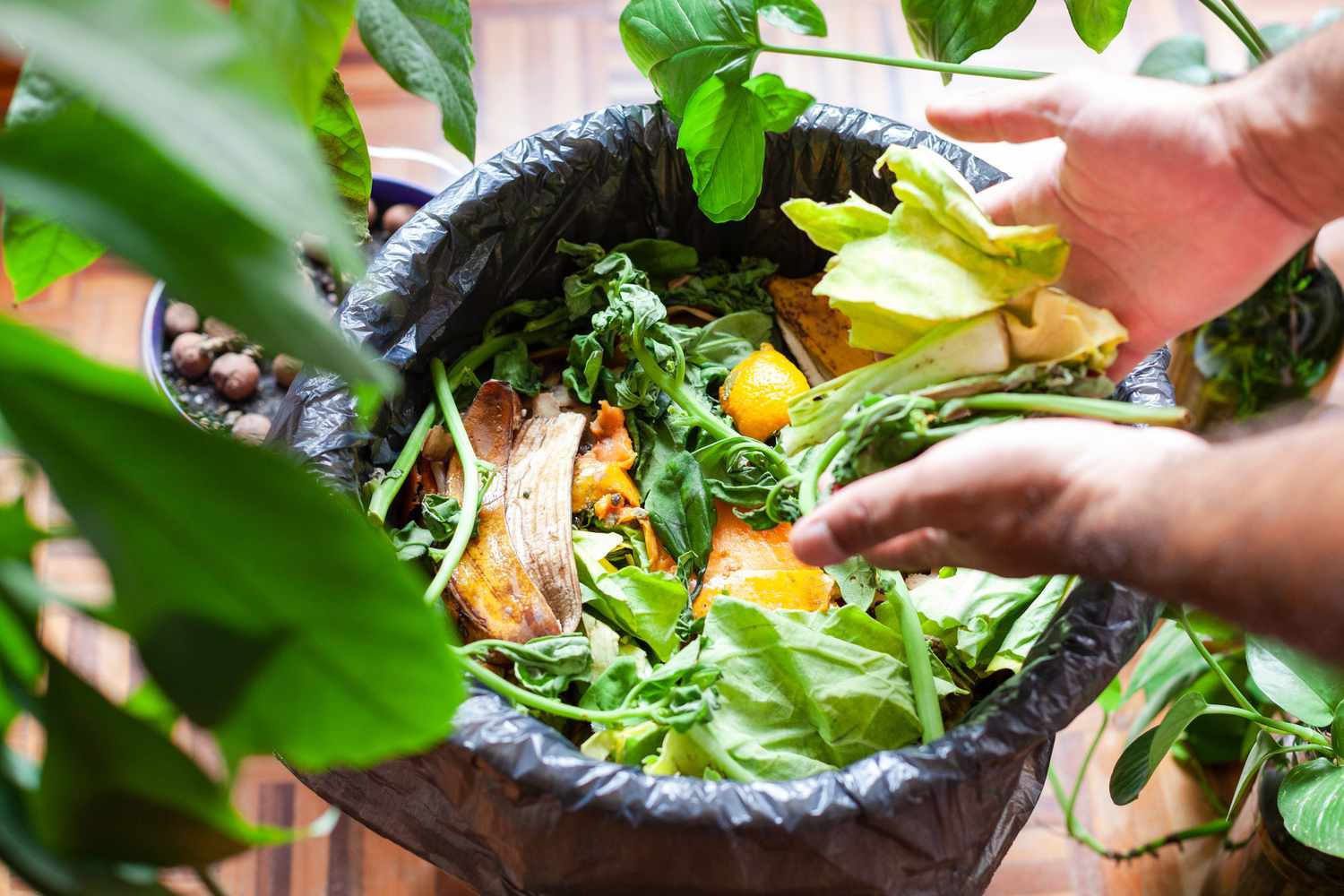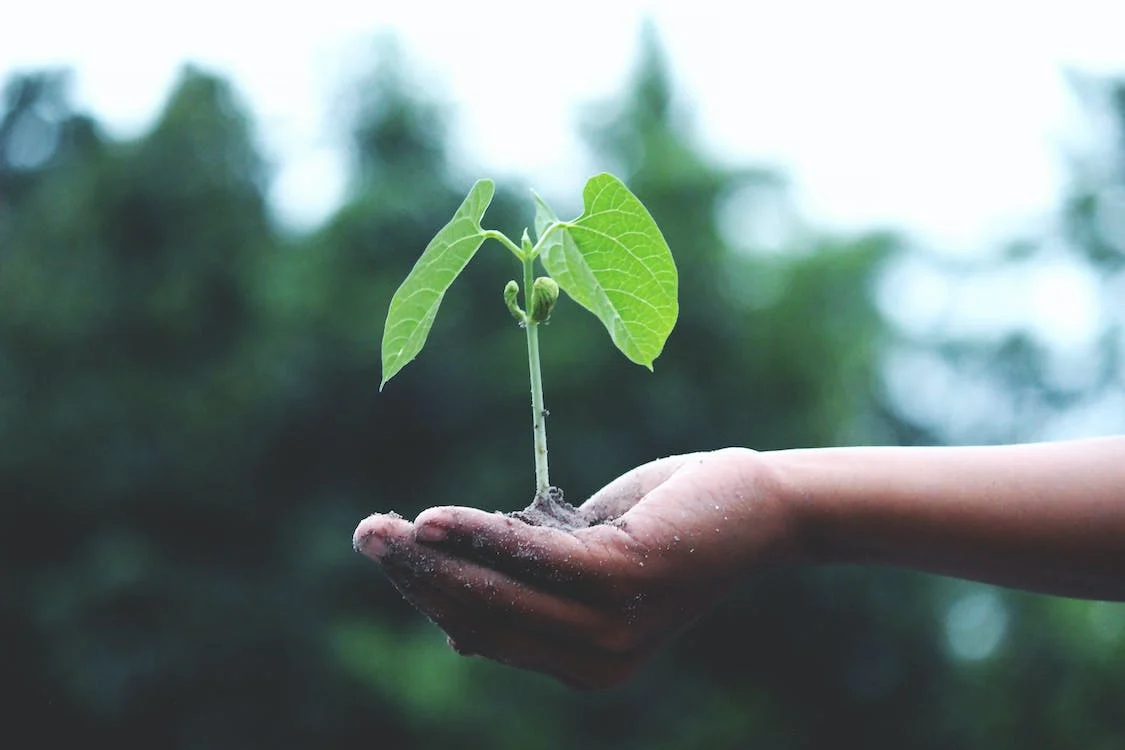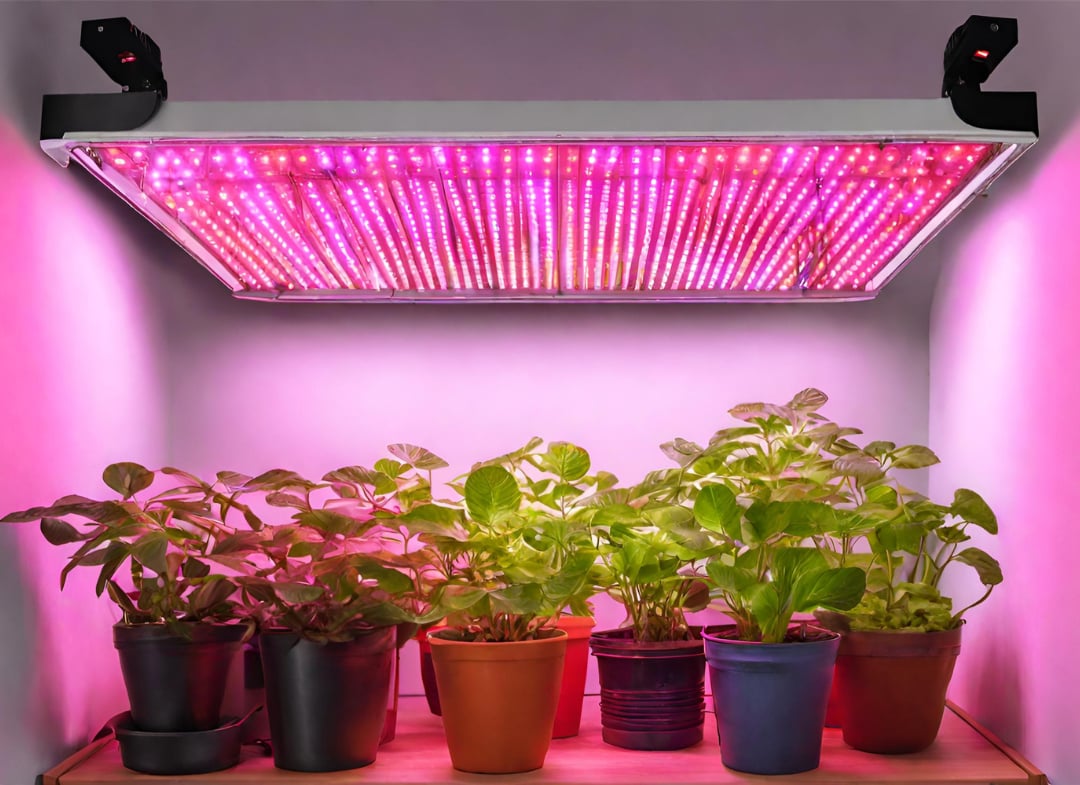
Aquaponics 101: The Essentials
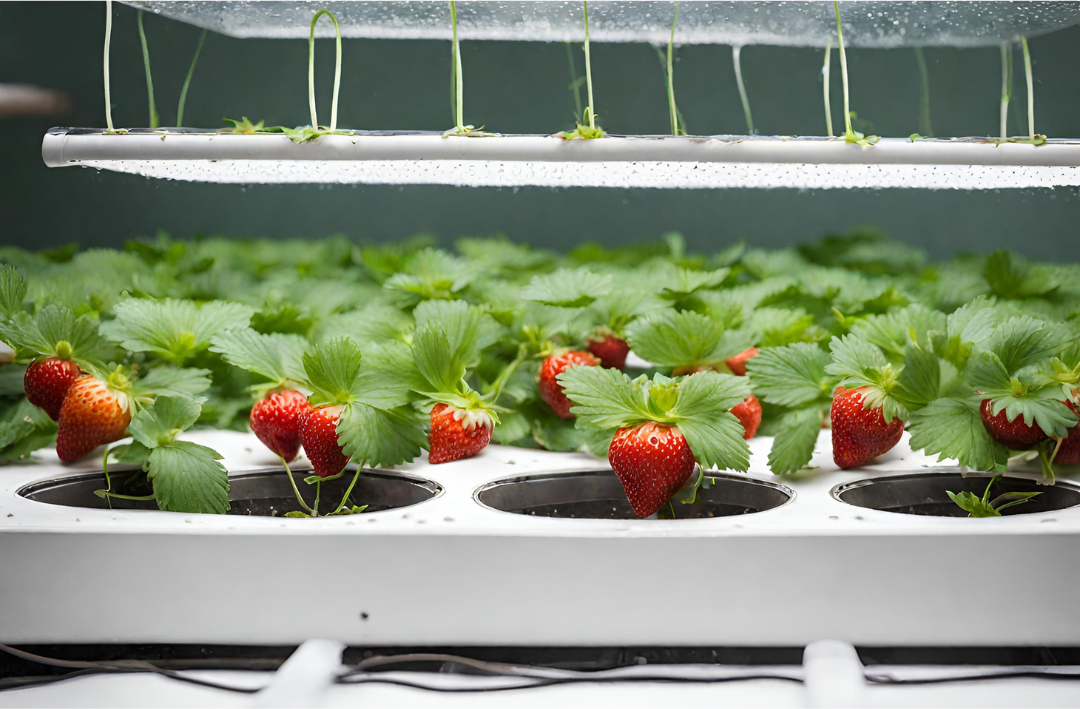
What is Aquaponics?
Though plant lifeforms evolved to be suited for land hundreds of millions of year ago, it turns out that water creatures can still form an incredibly beneficial symbiotic relationship with them when given the chance. Evidence shows that some ancient civilizations understood this connection, and over the past 40 years innovative scientists have rediscovered this sustainable farming technique known today as aquaponics. It has only become more popular over the past decade as knowledge of these alternative methods has grown more widespread.
In aquaponics, farmers combine aquaculture (the cultivation of aquatic animals, such as fish) with hydroponics (the cultivation of plants in water) to create a mutually beneficial ecosystem where fish waste provides nutrients for plants, while plants filter and purify the water for the fish. This system mimics natural nutrient cycles, creating a healthy ecosystem in which plants can thrive.
Investing in an aquaponics system provides numerous benefits. First, water is recirculated in aquaponics, which results in significantly less water usage than that of soil-bases aquaculture. Second, with less need for fertilizers there is less risk of water pollution and better overall plant health. Lastly, aquaponics also allows for year-round cultivation and faster plant growth, generating more efficiency and better overall results for the intrepid farmer.
Building an aquaponics system is an involved and multi-step process, and this article will just cover the basic materials you need to get started. To the extent possible, recommendations here are geared toward accessible DIY or backyard set-ups.
Essential Components of an Aquaponics System:
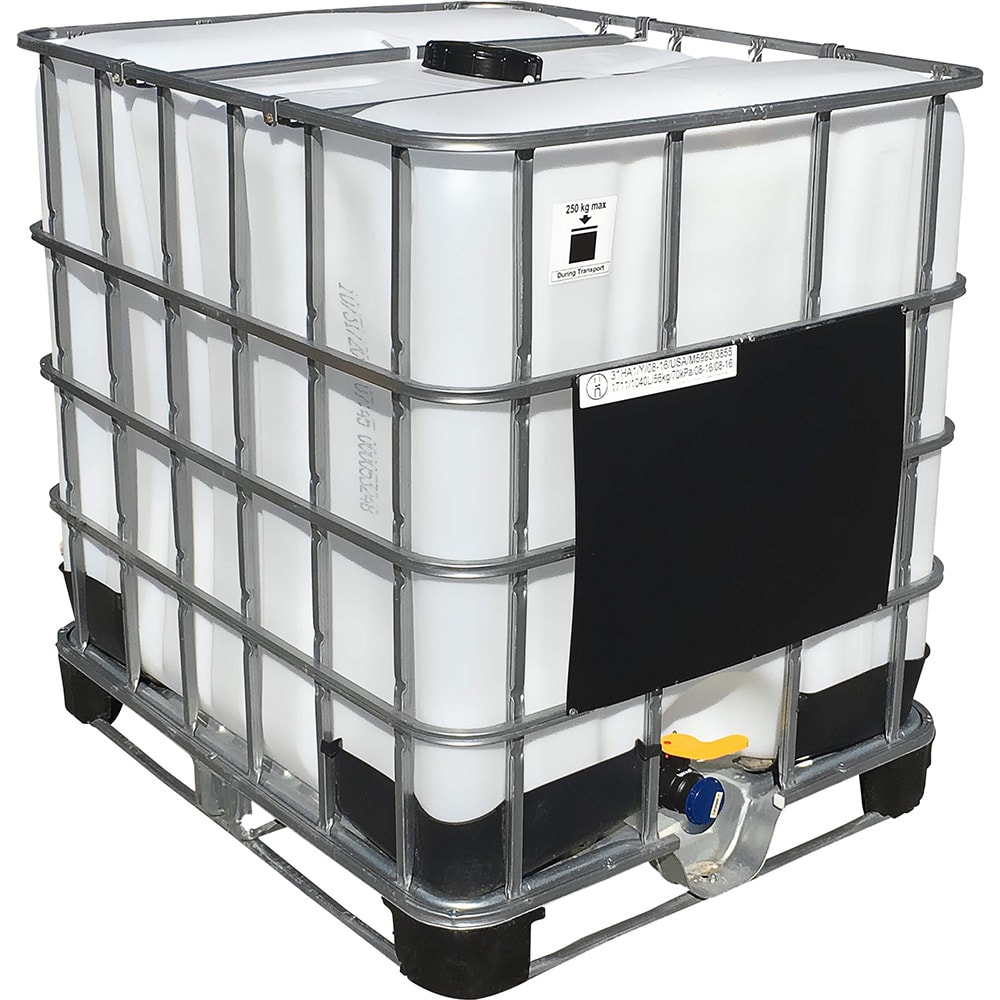
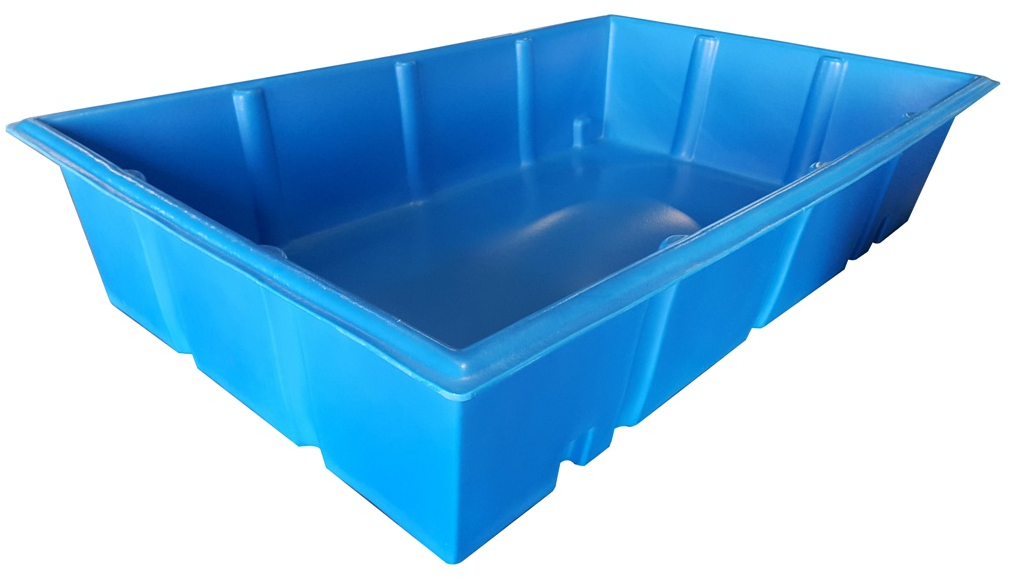
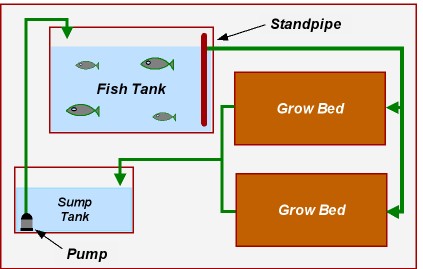
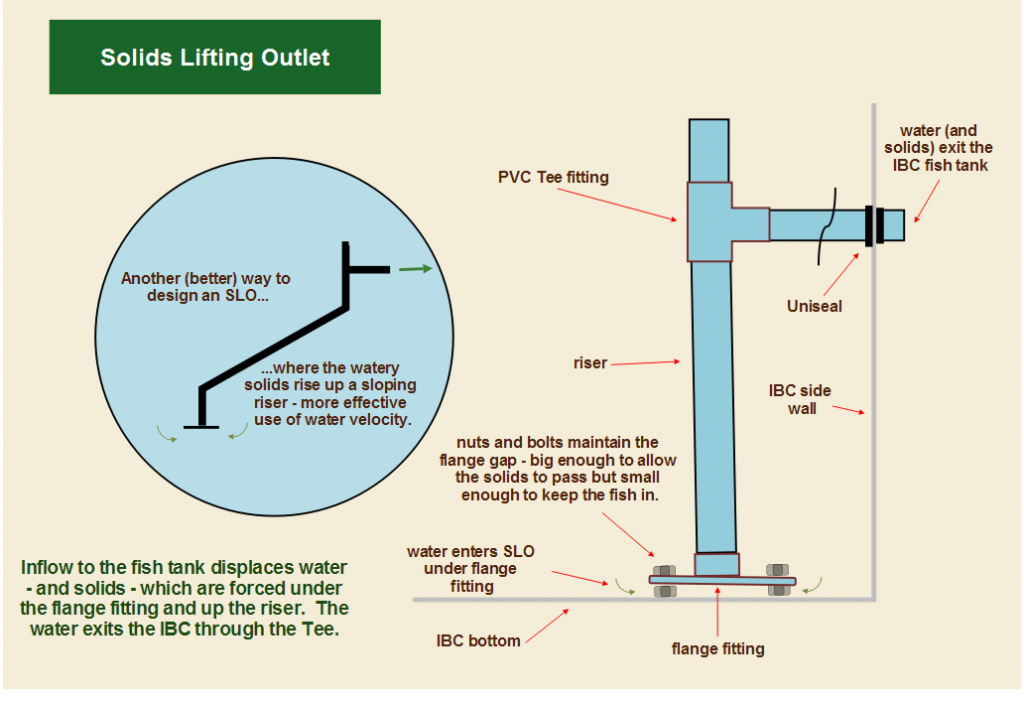
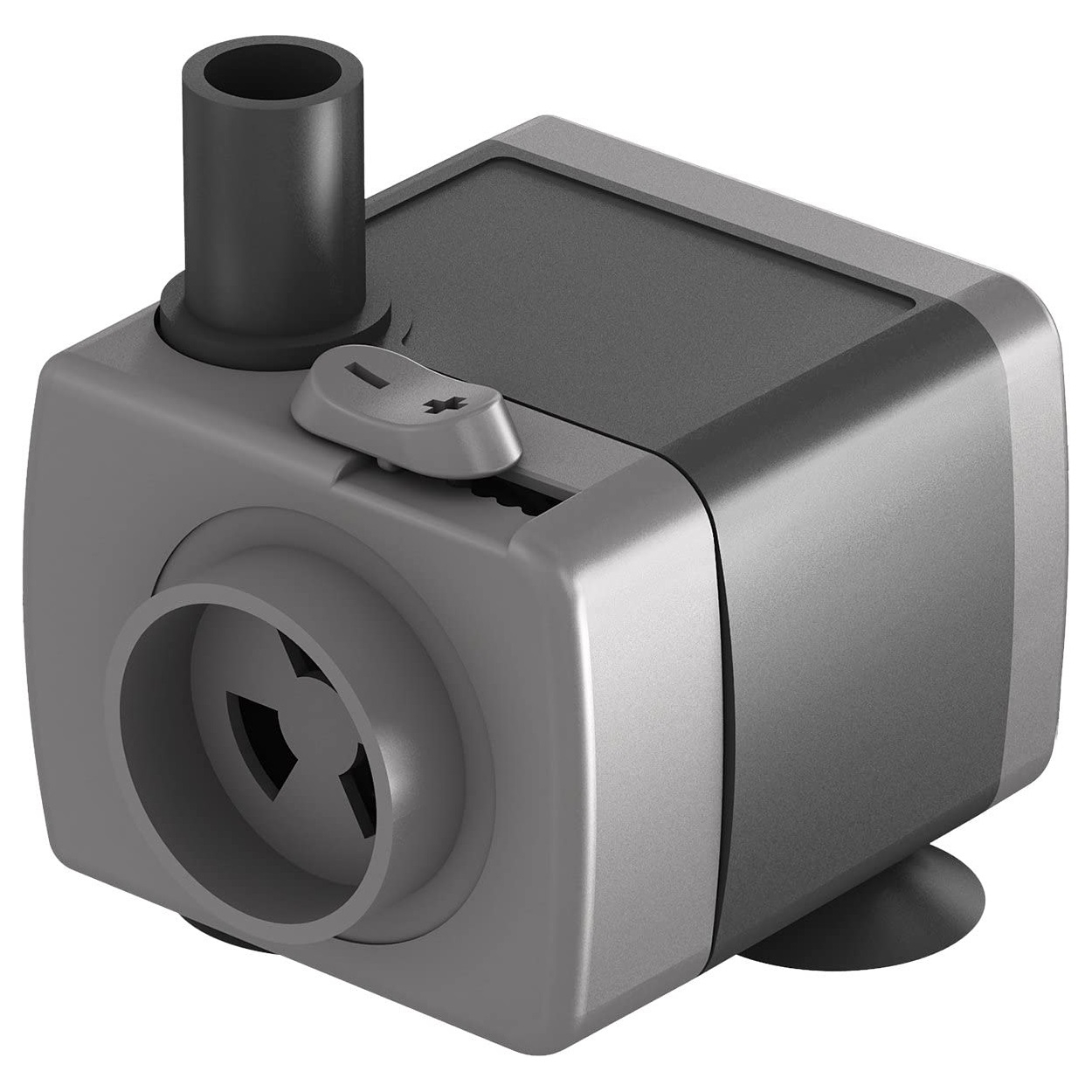
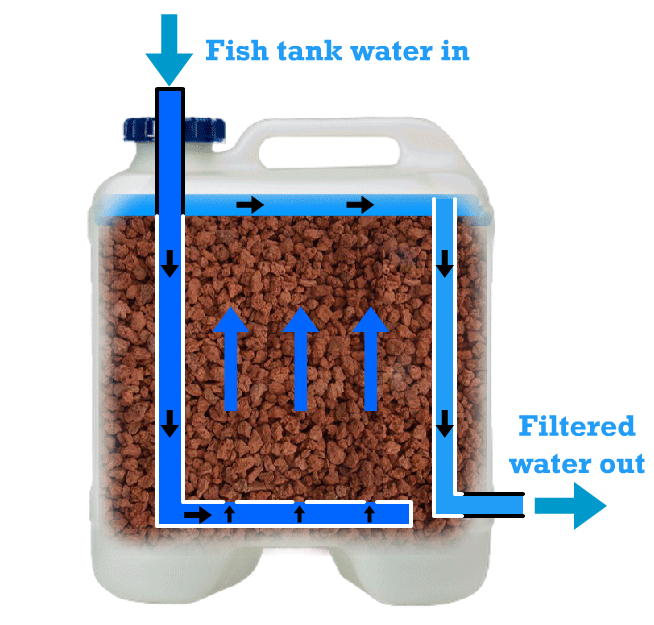
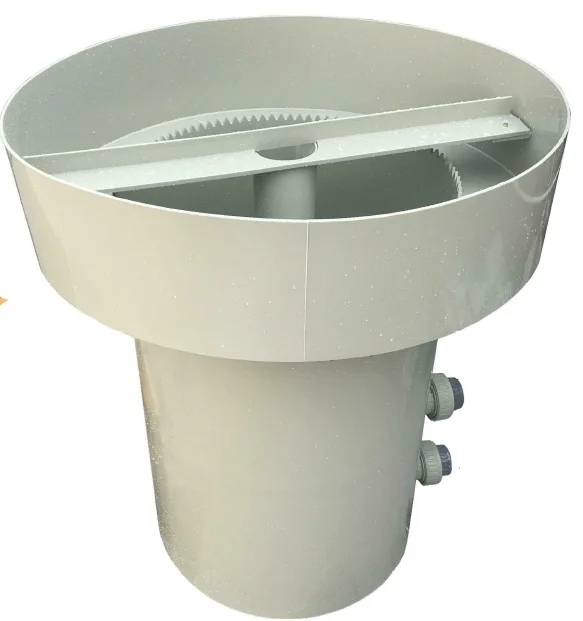
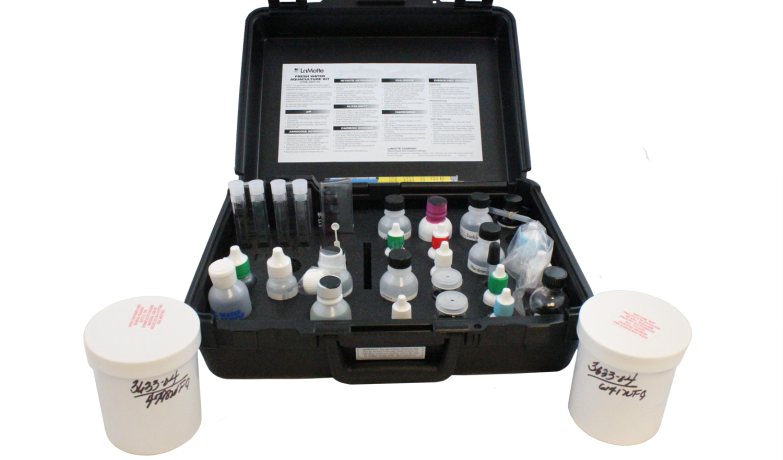
Building Sustainable Gardens
These essential components are just the beginning of your aquaponics journey, but provide a roadmap toward a dependable and functional system. Upcoming articles will explore specific designs for aquaponics systems and any troubleshooting that may be required. Reach out to us, or explore our links for further reading below in order to start digging into this fascinating sustainable farming technique!
Links For Futher Reading:
About the Author

